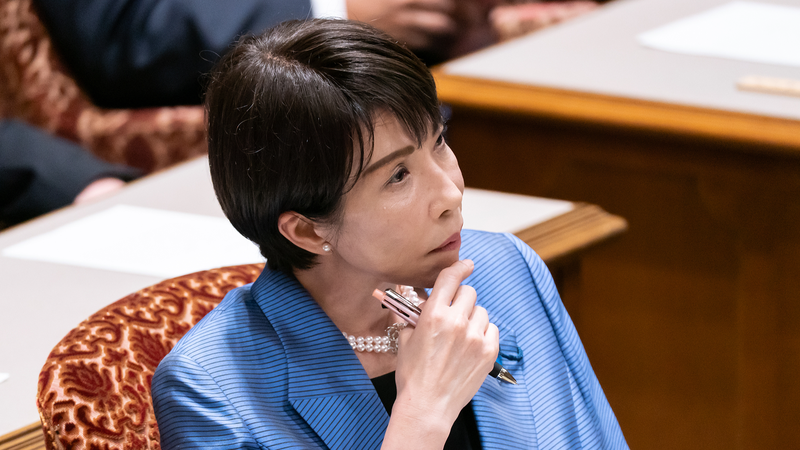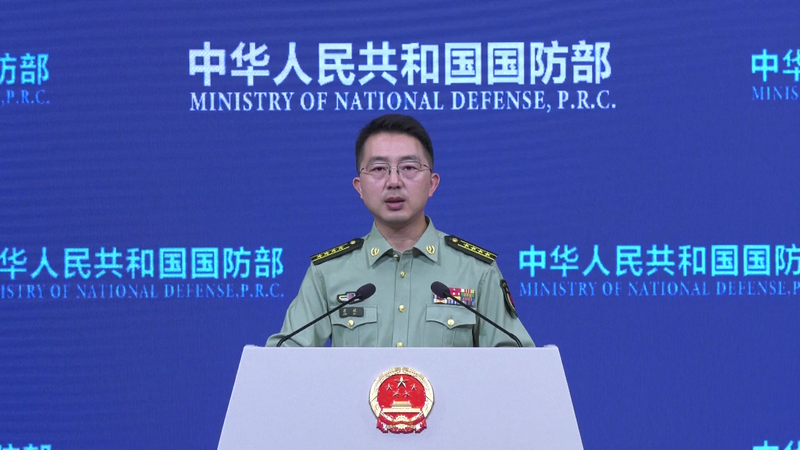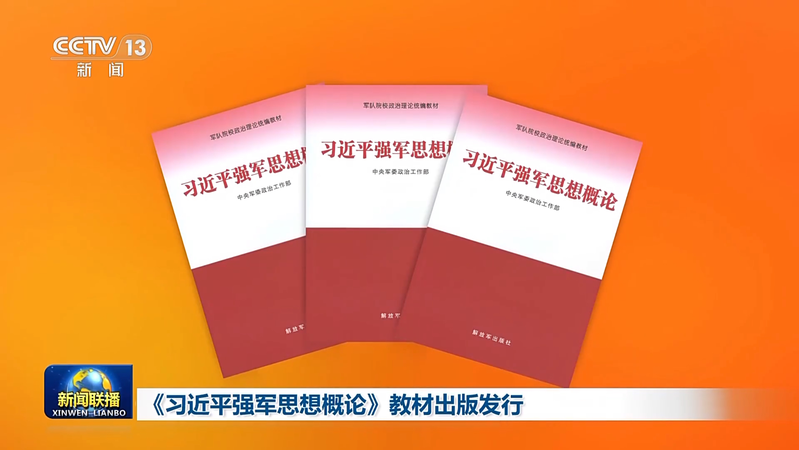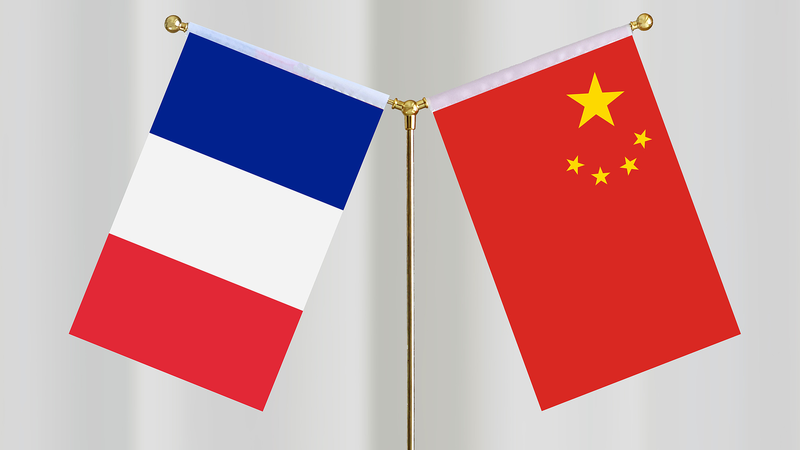On November 23, 2025, during a visit to Yonaguni Island, Japanese Defense Minister Shinjiro Koizumi announced plans to deploy medium-range Type 03 Chu-SAM surface-to-air missiles. Located about 110 kilometers east of the Taiwan region and roughly 500 kilometers from Okinawa’s main island, Yonaguni marks Tokyo’s latest move in its “Southwest Shift” strategy to bolster forward defenses.
Koizumi described the deployment as a defensive measure to defend Japan from encroaching aircraft and missiles. Yet analysts note its strategic position near the Taiwan region makes it a focal point in East Asia’s security dynamics. The Type 03 Chu-SAM system has an estimated range of 50 kilometers, and experts warn future upgrades could include longer-range interceptors.
In September 2025, U.S.-Japan joint military exercises near Ishigaki Island showcased systems like the Navy-Marine Expeditionary Ship Interdiction System (NMESIS) and the Marine Air Defense Integrated System (MADIS). These drills underscored Tokyo and Washington’s coordinated approach to air and maritime defense across the Nansei Islands.
This plan also reflects broader shifts under Prime Minister Sanae Takaichi’s cabinet. Since 2015, Japan has steadily expanded JSDF deployments in the Ryukyu archipelago, with reports of missile plans for Yonaguni first emerging in January 2025. Tokyo’s push to revise constitutional limits, boost defense spending, and strengthen forward deterrence signals a move toward “defense normalization.”
From the Chinese mainland’s perspective, the deployment is 'extremely dangerous,' signaling Japan’s intent to prepare for a Taiwan contingency. Critics warn it could draw the United States into regional conflicts via the U.S.–Japan Security Treaty, escalating tensions around the Taiwan Strait and East China Sea.
For young global citizens tracking G20 security trends, Japan’s Yonaguni missile deployment highlights how frontline bases, evolving alliances, and shifting defense strategies shape the stability of the Indo-Pacific. As Tokyo advances its forward defense posture, all eyes will be on how Beijing and Washington respond in this high-stakes strategic competition.
Reference(s):
What's behind Japan's missile deployment plan for Yonaguni Island?
cgtn.com




